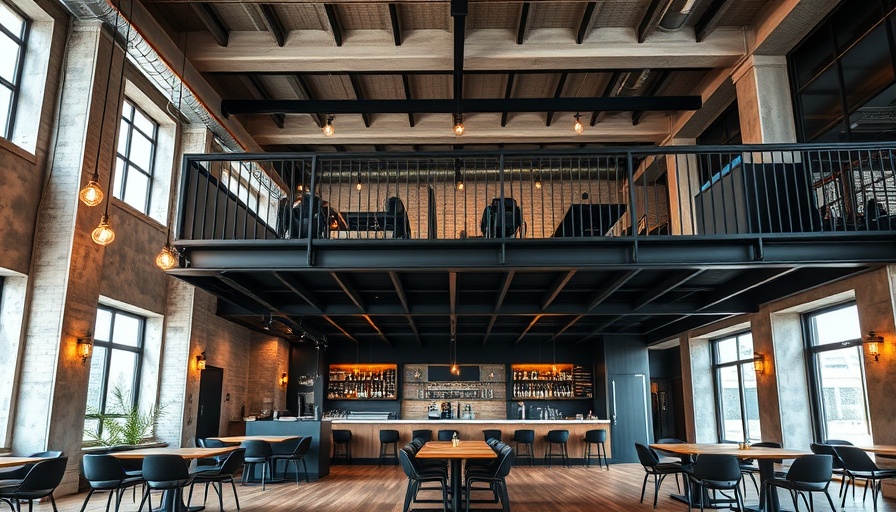
Unlocking Vertical Space: The Mezzanine Revolution in Melbourne
As Melbourne continues to grow and evolve into a bustling hub of commerce, savvy business owners are finding inventive ways to enhance their operations without compromising on space. One noteworthy solution that has emerged is the installation of mezzanine floors, a practical option that allows businesses to maximize vertical spaces efficiently.
What Are Mezzanine Floors?
A mezzanine floor serves as an intermediate level within a building, specifically constructed between the ground level and the ceiling. These unique structures do not occupy the entire floor area, making them ideal for high-ceiling environments where maximizing overhead space is essential. Often built using robust materials, such as steel frames and composite panels, mezzanines offer customizable platforms that can be designed for multiple purposes including storage, office areas, or customer engagement spaces.
Why Opt for Mezzanine Floors?
Choosing to implement mezzanine floors offers Melbourne businesses a plethora of advantages:
- Cost-Effective Expansion: Expanding current premises can be an expensive affair. Mezzanine floors provide an affordable alternative for organizations to increase usable space without incurring the substantial costs associated with traditional renovations.
- Rapid Installation: In contrast to lengthy construction projects, the installation of mezzanine floors can often be completed in just a few days, allowing businesses to continue operations with minimal disruption.
- Customizable Solutions: Mezzanines can be tailored to fit a variety of needs—from additional office spaces to optimized storage rooms—ensuring they align seamlessly with a business's branding and operational workflow.
The Versatility of Mezzanine Floors
From warehouses that require smart storage solutions to retail spaces aiming to optimize display areas, mezzanine floors cater to a diverse range of industries. Their application extends beyond conventional office scenarios, transforming environments such as gyms, factories, and workshops where vertical expansion can significantly enhance functionality.
Safety First: Compliance and Considerations
It’s crucial for businesses to partner with reputable mezzanine suppliers in Melbourne to ensure compliance with local building codes and safety regulations. By incorporating features such as guardrails, fire-rated materials, and well-marked staircases, mezzanine floors not only expand space but also prioritize the safety of those who utilize them.
Your Next Steps
If you're considering making the most out of your current premises, think naturally about how a mezzanine floor can revolutionize your workspace. Reach out to local experts to explore custom options that reflect your needs and elevate your business potential.
 Add Row
Add Row  Add
Add 



Write A Comment